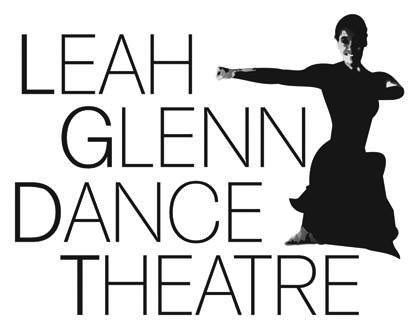Saturday, Sept. 2, the Muscarelle Museum of Art was filled with students, faculty and local Williamsburg residents who waited in anticipation to watch a performance by the Leah Glenn Dance Theater. There were performances at 3 p.m. and 7:30 p.m. All of the dances were choreographed by associate professor and Director of William and Mary Dance Leah Glenn. A few of the dances were accompanied by poetry readings.
The first dance, “Green and Gold,” was the perfect way to open the performance. The dance, performed by Olivia Armstrong, Camille Estrella and Allyson Ross, celebrated the arrival of the first three African-American residential students at the College. The dance was accompanied by a poem written by English professor Hermine Pinson about the experience of those students: Janet Brown Strafer, Karen Ely and Lynn Briley. The combination of the dance and the poem created a fitting opening for a performance that was being held in honor of the 50th anniversary of the first residential African-American students at the College.
The night was filled with wonderfully choreographed dances. The level of emotion and energy seemed to increase with each dance like a crescendo. Each dance touched on different themes of human empowerment. The only dance that seemed to be a tad out of place was “Runnin’.” The music and choreography were incredibly powerful, but the jogging outfits the dancers wore detracted from that power slightly.
Ross danced with heart. Her movements perfectly matched every beat and every note.
There were 10 dances in total. Eight of the dances were ensemble performances, and two of the dances were solo performances. The most powerful solo performance of the night was called “Youngest of Nine” and was performed by Nadia Ross. Ross danced to the music of the Wiley College Choir in front of a projection of Steve A Prince’s mural “9 Little Indians.” Ross danced with heart. Her movements perfectly matched every beat and every note.
The final dance was called “Transcending Rhythms” and consisted of four sections. Glenn choreographed the dance to pay tribute to the strength and endurance of Native-American and African cultures. One section was inspired by the Underground Railroad. “Transcending Rhythms” was the best ensemble performance of the night. The choreography was intricate and involved several different shifting formations. Every single dancer on stage danced with emotion. The live music added to the drama and emotion of the piece. Three male percussionists sang and played their drums as the dancers danced. Their energy could be felt through the entire room.
“Transcending Rhythms” was the best ensemble performance of the night.
Although the Muscarelle was a fitting venue, as its exhibits also celebrated the 50th anniversary of the first residential African-American students at the College, it had some drawbacks. Performing in the museum meant there was no raised stage, which made it difficult for people sitting in the back to see some of the dance moves that were executed lower to the ground. The audience was also seated much closer to the dancers than normal and therefore could see every move and hear every jump land on the hardwood floor. This detracted a bit from the mirage of effortlessness that every dancer who has ever lived is forced to display. However, it gave the audience a better appreciation for the strength and hard work that went into each dance.
Overall, the performance provided an enjoyable and unique experience for the audience. In just one hour, the audience was exposed to several different art forms: paintings, murals, music, poetry and dance. Anyone who has the opportunity to go see the Leah Glenn Dance Theater perfom should take full advantage of it.

